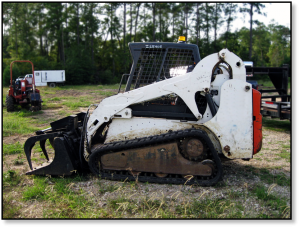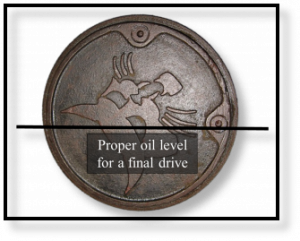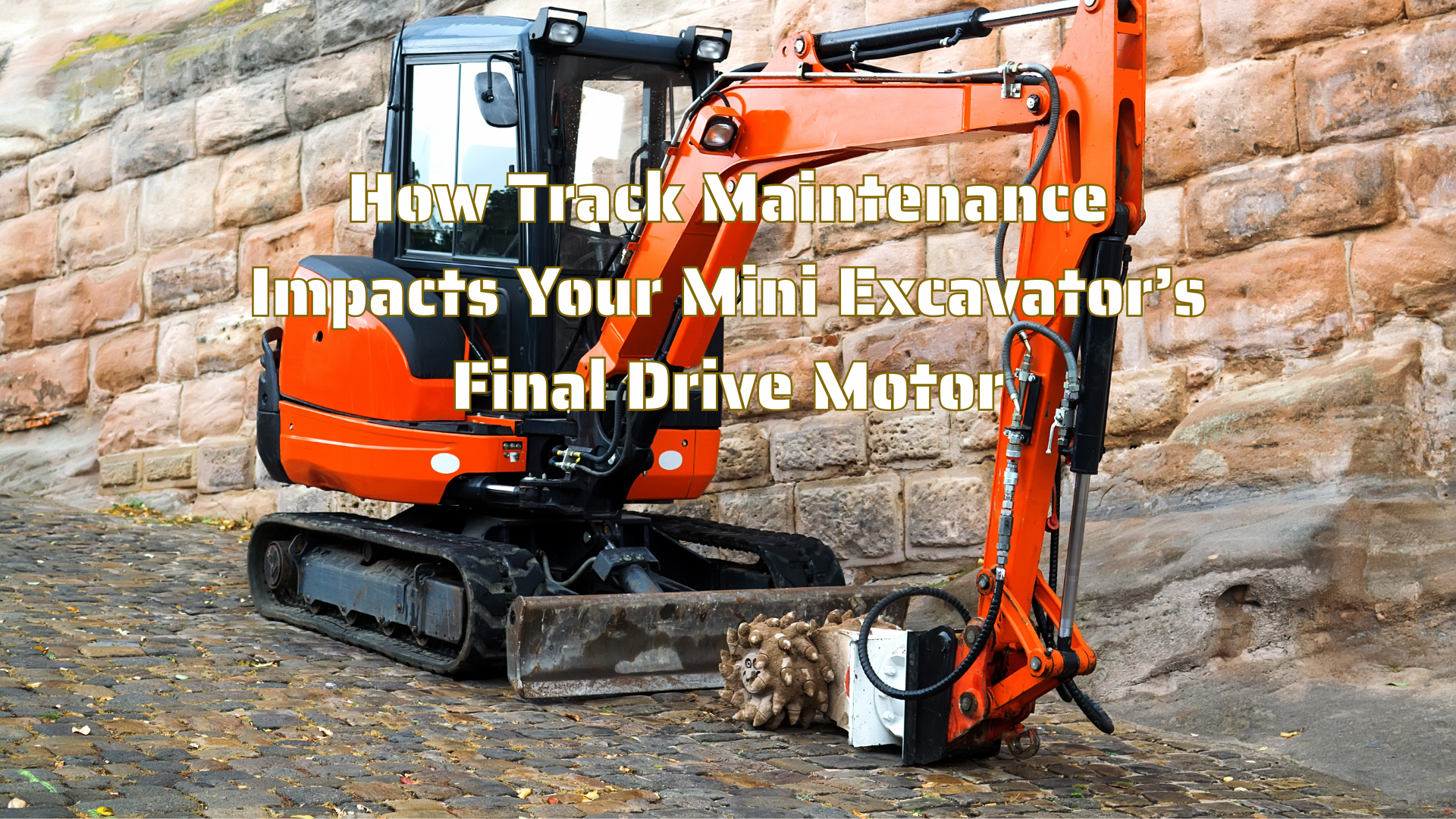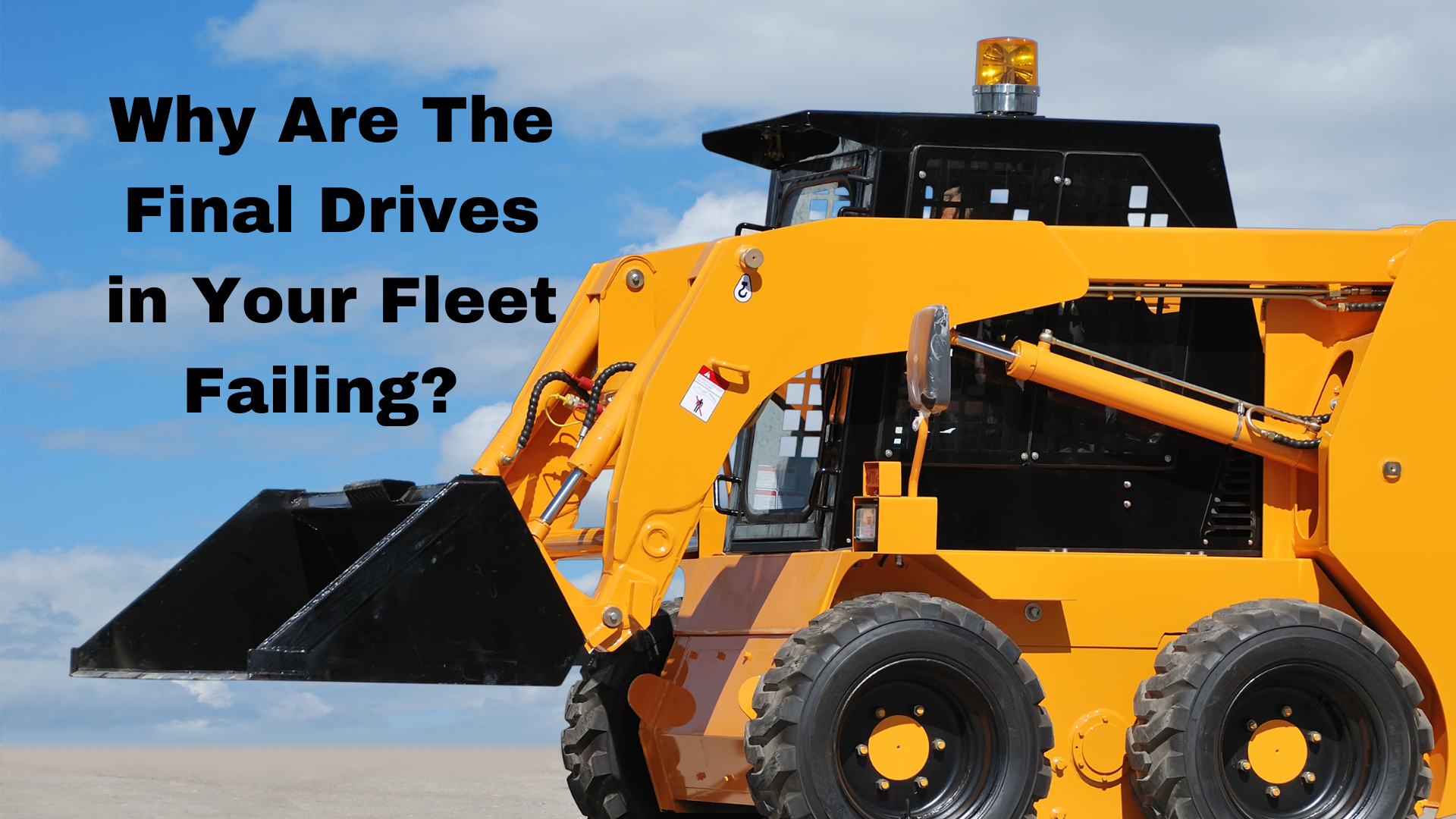Basic Guide to Skid-Steer Maintenance
Jan 3rd 2018
How To Maintain Your Skid Steer
Want to make your skid-steer last as long as possible? Want to minimize your repair costs? Want to get the most out of your investment? We have the secret: regular maintenance.

When one part fails, it can quickly have a domino effect on the rest of the machine. A simple repair left undone can cause catastrophic damage over time. That is why regular maintenance is so important. A skid-steer’s maintenance is typically based on how many hours the machine is running, and is usually broken into 8 hours (daily), 250 hours, 500 hours, and 1,000 hours. Let’s see what the experts recommend!
Daily Maintenance
Did you know that experts agree that daily maintenance is the single best thing you can do to help your skid-steer last as long as possible?
One of the most important things to check before every work day is the tires. Check the tires for wear, damage, tread depth, and inflation. Also, make sure wheel nuts are still at the correct torque (refer to your user’s manual for this information). Next, check and top off the fluids, and that means the fuel, hydraulic oil, engine oil, radiator fluid, and even windshield wiper fluid. Check any vital filters and drain the water separator.

Here’s a note on topping off the fluids: if the fluids are lower than they should be, it could indicate loose hoses, worn out seals, or other possible issues. Make sure to carefully look for any signs of leaks.
You should also perform a basic walk-around inspection, looking out for leaks (like we just mentioned) and damage, while checking that everything that needs to be greased is greased. Some experts go so far as to say you should keep a grease gun in your hand so you can address those lubrication issues as soon you notice them. Remember that all pivot bearings and hinge pin bearings should be adequately greased.
At the end of the day, clean-up debris using a pressure washer, air compressor, or vacuum – whichever is most appropriate – and pay special attention to the chassis and engine compartment. Failure to keep these areas clean can result in overheating and damage.
Regular Maintenance
After 250 hours, most manufacturers recommend that you change the engine oil and replace the oil filter. They also recommend that you change the hydraulic filters at the 250-hour mark.
Once your skid-steer has put in 500 working hours, it’s time to change the fuel filter. It also time to check and adjust the chain tension.
At the 1,000-hour mark, the radiator coolant, chain case oil, and hydraulic oil should be changed. This is also the time to change out the final drive gear oil. You should also drain, flush, and refill the engine cooling system.
Conclusion
Regular maintenance of your skid-steer can greatly extend its life and save you hundreds and even thousands of dollars in repairs. Take the time to maintain your equipment, and make sure to become familiar with the manufacturer’s recommendations.







